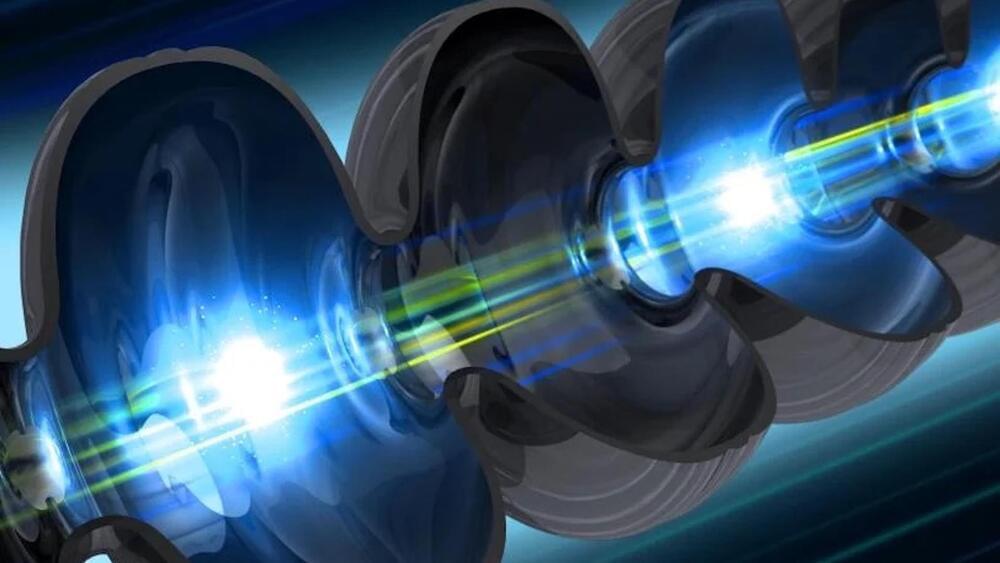The proteins can record histories of cellular events.
Researchers from MIT developed a technique to induce cells to record the history of cellular events in a long protein chain that can be imaged using a light microscope. The technique could help understand the critical steps involved in the processes, such as memory formation, response to drug treatment, and gene expression.
Studying the molecular processes within cells can provide important insights into their function and how they contribute to the overall functioning of an organ.
Design Cells/iStock.
“Biological systems are often composed of a large number of different types of cells. To understand those kinds of biological systems, we need to observe physiological events over time in these large cell populations,” said Changyang Linghu, Assistant Professor at the Michigan Neuroscience Institute and author of the study.






